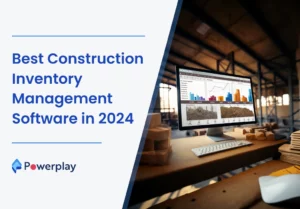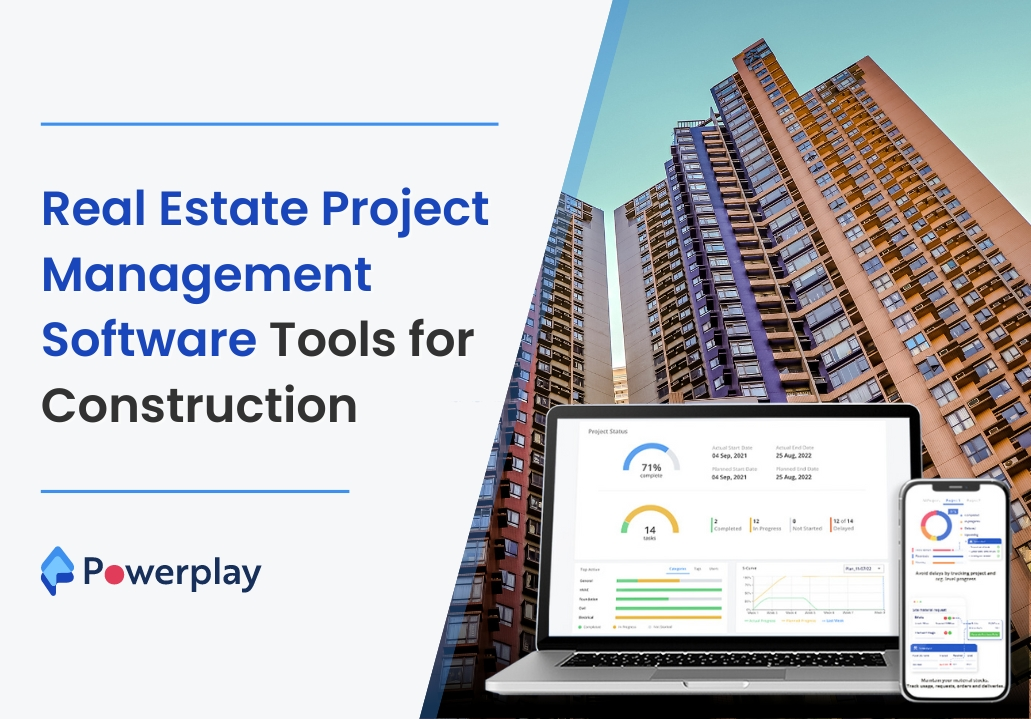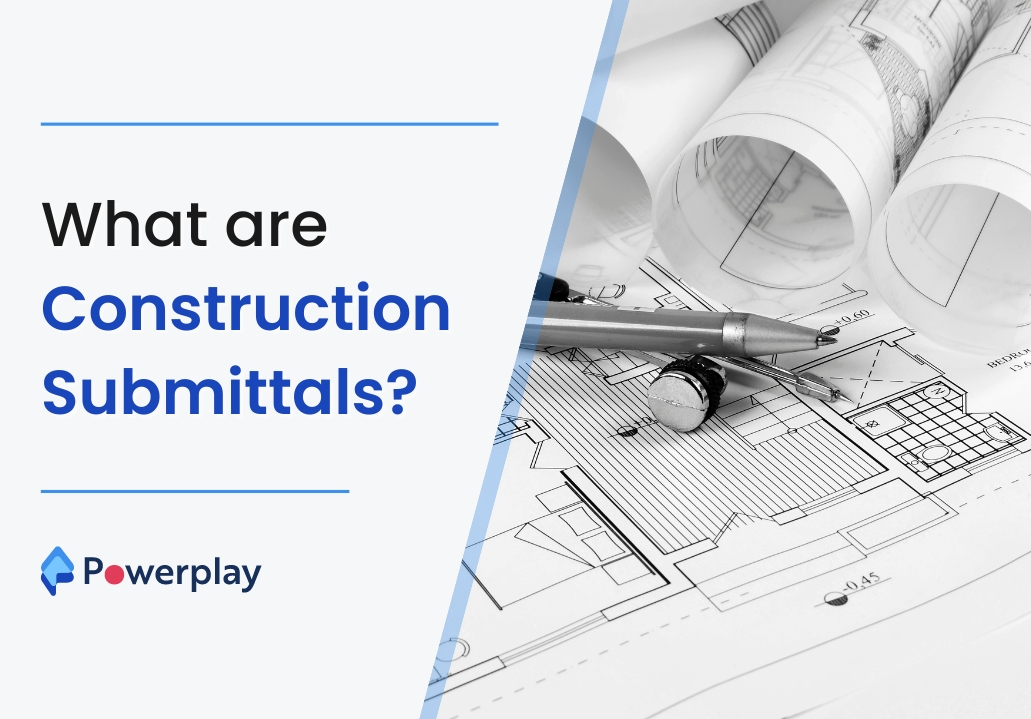What are the Roles and Responsibilities of an Architect in Construction?
-
Kumar Abhishek Anand
- October 23, 2023

In Construction, architects play an important role. They are responsible for the visual appearance of buildings and structures before the final structural design. An architect is a person who is appointed by the client and develops a facility according to the design concept and the client’s requirements.
The architect creates a design that is more artistic in aesthetics. To satisfy clients, the architect uses vision and creative ideas. The state regulations and building laws have to be respected in the design architects create.
What are the Roles of an architect in Construction?
A good architect is both an artist and a functional designer. Clients or sponsors approach an architect to discuss the project or Construction. The architect designs a tower that will please the client. The architect adds more creativity and artistic elements to the building. The process of creating a design will continue until both parties are satisfied. The client and the designer will be satisfied.
What are the responsibilities of an architect in Construction?
It is important to organize the work of an architect properly. It is necessary to keep records of all contracts, project details, budget details, time limits, and details about the cost. In most cases, architects must work closely with civil and structural engineers to discuss and communicate technical issues related to the design and implementation.
The key responsibilities for architects in construction projects are as follows:
1. Project Discussion
Before the project’s design can be approved, it is necessary to hold discussions and meetings with all members of the organization. This method allows for identifying technical problems, opinions, and economic ideas. It helps to bring the team together and help them complete the project. The following are the works that are included in the project discussion by the architect:
a. Through a thorough discussion, the first step is to understand the client’s requirements. It is important to take note of the client’s expectations and goals.
b. Qualifying for the project will require a discussion about the budget, site characteristics, and other planning regulations.
c. Next comes the different sequence of operations, guarantees, and responsibilities the architect provides.
2. Drafting of Designs
The design drawings for a construction project are huge and must be completed before work can begin on-site. Before implementing any changes, it is important to correct any errors. It is important to submit drawings early to avoid delays.
Drawings are used to estimate the cost of materials, purchase material and perform work on-site. The sketch designs will show the location of the building. These drawings will give you an idea of the layout of the different spaces inside and around the building and the links between them. Sketch design also reflects the overall massing and appearance of the project.
Sketch design is the basis upon which the client agrees on certain principles and agreements. After the sketch design is complete, the contract proposal is created. This proposal will allow for the next stage of cost estimation and time frame. Civil engineers and an architect can now construct a building or structure.
An architect can create various drawings, including the floor plan, site plan, elevation, isometric views, detailed structural drawings, 3D models, and 3D views. These details or works will depend on what the architect has done. Sometimes, we need a structural designer to design both the plan and the structure. A good elevation is necessary for any given plan. We will now approach the architect for the front elevation and landscaping details. The engineer and architect will need to work together.
3. Budget Estimation
It is important to estimate the costs at various stages of the project’s progress to keep a check on the budget. This process helps keep the client and project team informed before bigger budget issues arise.
The architect plays a vital role in visualizing the entire building structure from top to bottom, allowing for new designs and ideas. Without engineers or an understanding of the practicalities of Construction, this can make it difficult to implement them. Architects’ greatest challenge is not underestimating the construction cost and time, which is key in cost estimation.
The amount of work being done also affects the cost estimate. The architect will complete the construction estimation if the client gives the entire project to him. If the architect is only responsible for landscaping modelling or implementation, he will provide a cost estimate.
4. Contracts and Tenders
It is possible to determine the total project size and divide it into the various parts provided to contractors. Contractors take over the project and implement it with their labourers as the architects/engineers instructed. The bidding process and granting of the building contract are completed with an architect’s assistance, allowing the client to select the right procurement form. The whole contract process is coordinated this way.
The contract agreement should be transparent and fair. The architect plays a role in selecting and recommending contractors for various construction activities. The architect will conduct a tender analysis report after receiving the tender. These results are then compared to the expectations and budget of the client. The contract agreement determines the type of work that the architect will do.
The majority of the architect’s work with civil and structural engineers is to move Construction. Large constructions will require someone with a lot of technical knowledge to understand the stability and strength factors. The client will determine which trade the architect should focus on in the contract.
The architect will coordinate construction activities according to the regulations and standard codes based on the client’s request. The architect is responsible for reviewing the monthly invoices to ensure that the requested payment corresponds to the finished works on the site.
5. Marketing
Publicizing their work to the public is a way for architects to gain popularity. Based on their creativity in building design, they bid for new work, which allows them to grow their careers. These are the architect’s responsibilities when it comes to design and Construction.
a. Clarification of details with the construction team.
b. If necessary, the design is changed. You can also change the scope to comply with any regulations or rules.
c. To confirm that your work was proper, you can get a certification.
The architect will need to give an owner’s guide that includes recommendations for future maintenance and repairs from the design process to maintenance. Although it is not common practice, some architects offer such a service. If there are any problems, the architect is contacted. It is the responsibility of the architect to be accessible when necessary.
The duties of an architect-engineer are similar to those of a structural engineer. The main difference between the two is that architects focus more on the design and aesthetics of the building, while structural engineers concentrate on the construction type and durability. Both have the common goal of creating a well-structured building.
Share
Kumar is a digital content professional with more than 2 years of experience in Blog writing, copywriting and scripting. His passion lies in the art of creating convincing content that plays a major role in converting leads for SAAS businesses.












